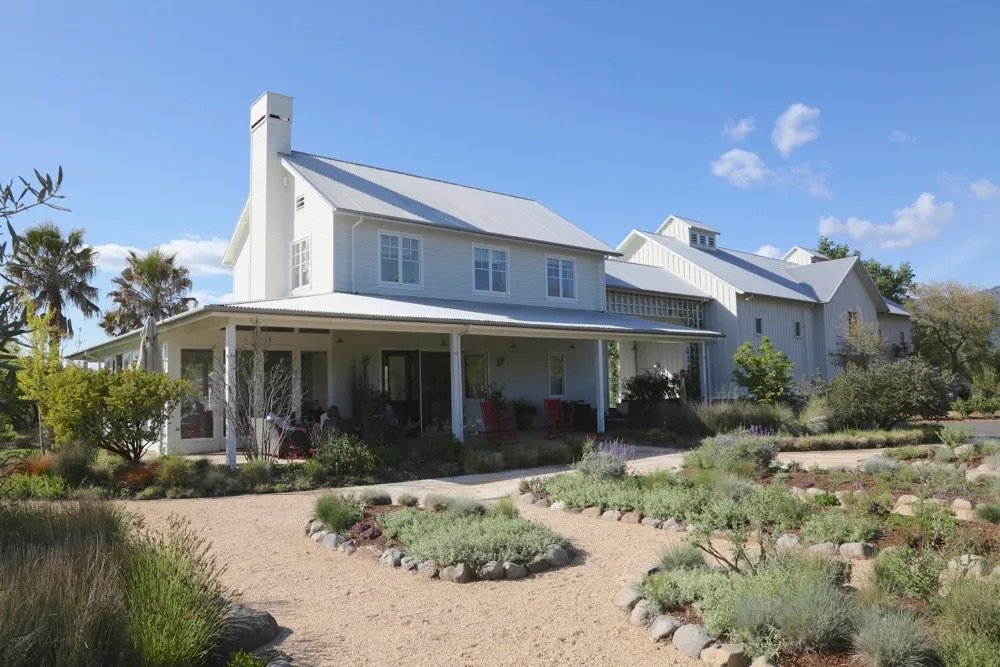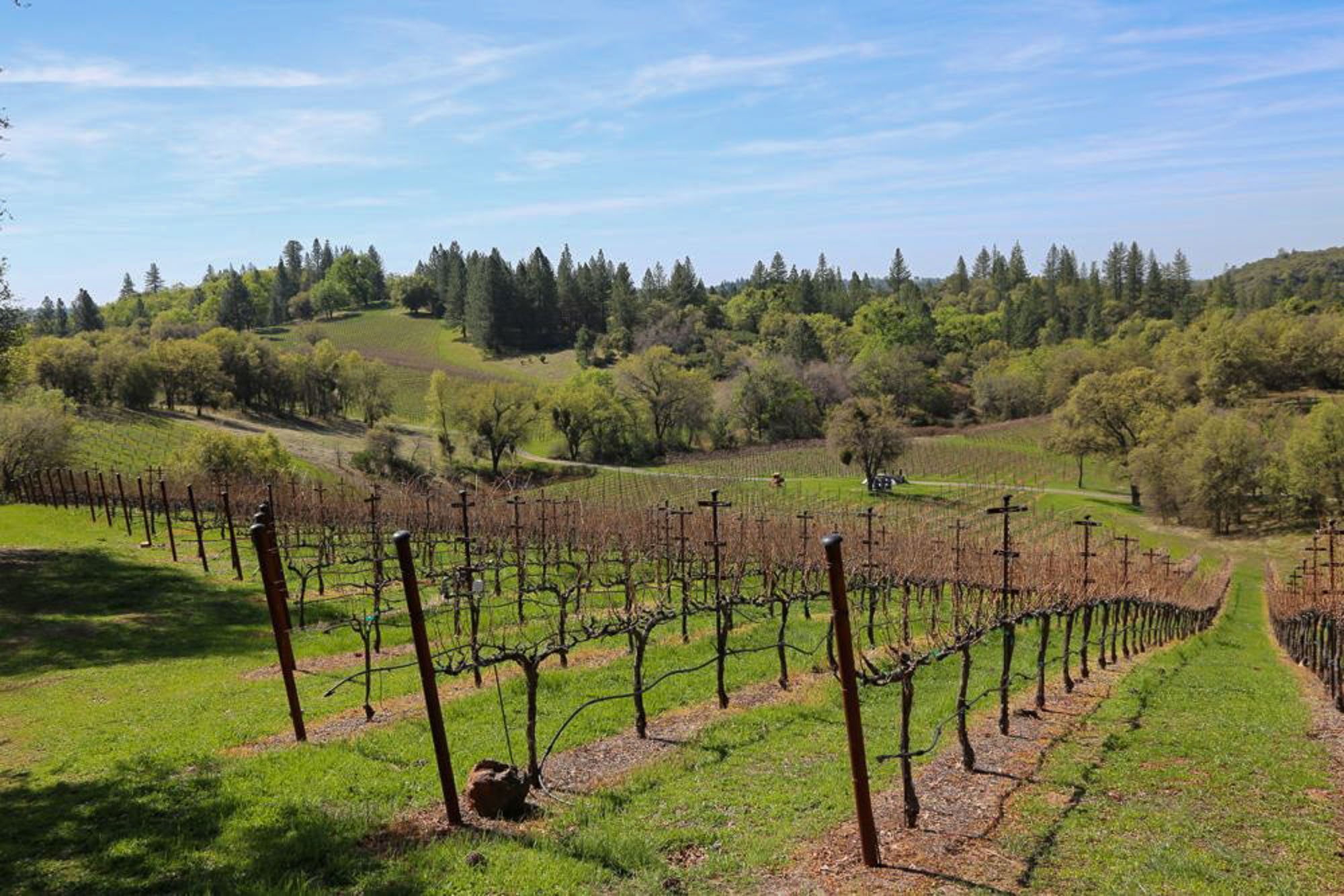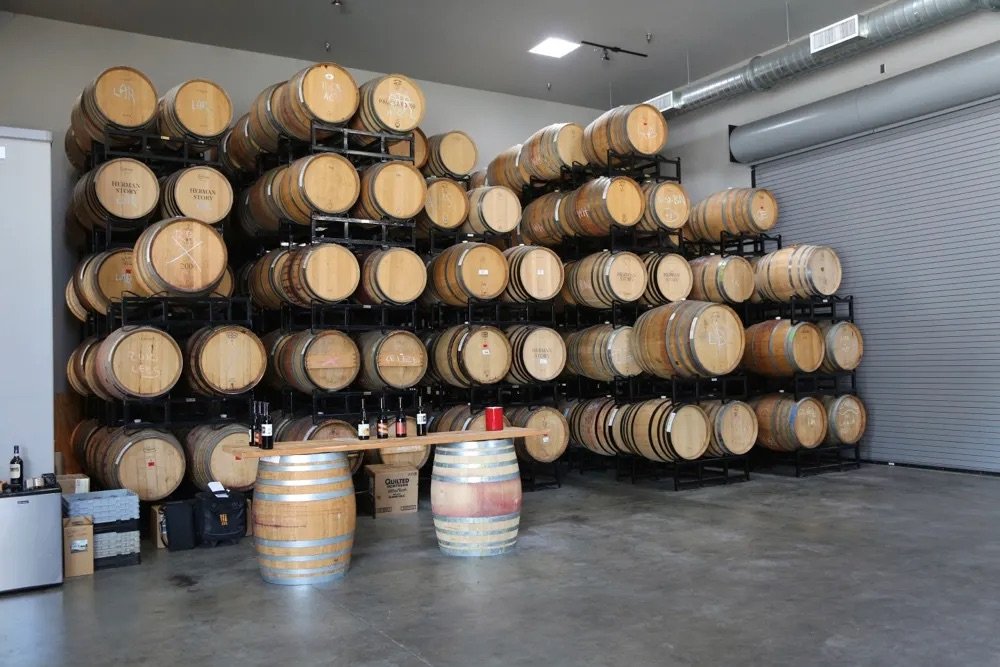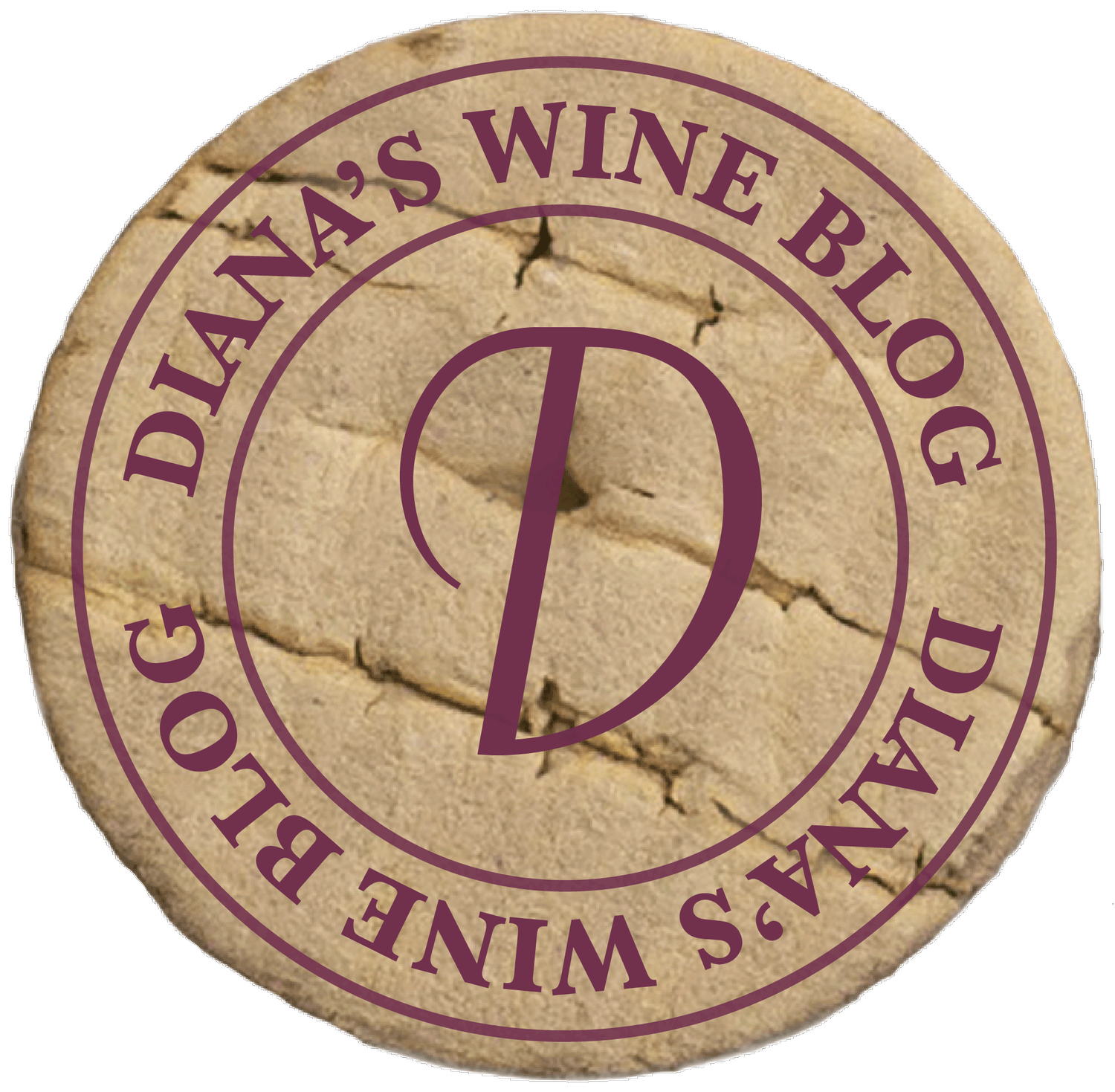
Wine Dinners Near You
This past Saturday night, we had the pleasure to attend a wine dinner locally that was quite literally – awesome. The evening started out with a sparkling wine while the room was being prepared fully for the experience. It was an intimate experience, including less than 20 wine aficionados, which provided a pleasant environment to enjoy and learn. The venue was a restaurant, and the theme of the evening was Cabernet Sauvignon from 2004. Yes – that is right! All these cabernets had been well kept and aged for 10 years. While the dinner was not specifically paired to each wine, it lent itself well to the taste and texture of these lovely wines.
This was a journey through some wonderful wines with the pièce de résistance being a Harlan. Harlan itself is one of the most highly regarded wines from the Napa Valley and upon release will sell at $500 plus a bottle. When else would one get to experience these wines all together? That is why I say it was an awesome experience.

Mother Nature Speaks — From Vintage to Vintage
The beauty of wine is that it is dynamic. It is ever-changing with nuances from season to season. While vineyards themselves will have distinct soil composition that typifies them and offers certain characteristics to the wine, different varietals have flavors that typify them when crushed and aged. Winemakers themselves have particular styles that they bring to their process, which, in the end, will have an impact on the wine’s flavors, body, and balance.
But there is another player in the mix who has a voice in the final product, and that is Mother Nature. She has a big impact in the year long process. She can be a friend or present many challenges to the vineyard manager and winemaker in the final expression of the wine.

Larkmead Vineyards in Calistoga, CA: Visit and Enjoy!
When one thinks of Napa Valley and wine tasting, one often pictures a bucolic setting, sipping, and relaxing. The experience at Larkmead Vineyards is a great example of just that. This winery is located in Calistoga, which is in the north end of the valley. The setting is beautiful, situated on the valley floor and surrounded by vineyards.
The facility itself is an artistic expression of architecture. This is a Howard Backen project, one of the many wineries and restaurants he has designed in the valley. Tastings are done on the porch or on the patio and lend themselves to really relaxing and enjoying the wine and the scenery. Speaking of the scenery, the drought-tolerant landscaping, which incorporates many native plants, is also beautiful.

The Hills Are Alive!
Sacramentans have great choices today as the Foothill wineries east of Sacramento continue to evolve. The federal government has designated four distinct AVAs (American Viticultural Areas) in the Foothills: Sierra Foothills AVA, El Dorado AVA, Fair Play AVA, and Shenandoah AVA. Growth is abundant in these areas. For example, Amador County, which is found in the Sierra Foothills AVA, has over 40 wineries. There is much to choose from and much to explore. The journey here has only just begun.

All That and a Bag of Chips?
It has been a practice for several hundred years to age wine in oak barrels. Oak plays an important role in the process of wine making. It enriches the wine with new compounds that impart flavors. It serves as a barrier in the storage and therefore allows for specific physical reactions to take place.
What about those flavors? First and foremost, there are primarily two places that the oak most used in winemaking comes from. That’s France and America — mostly Missouri. Yes, I said Missouri. You will hear these oaks referred to as French Oak and American Oak. They deliver different nuances themselves. (There is a winery in Napa Valley where you can taste the difference during a tour. This winery does barrel tastings and will give you samples from wine that is aging in either American and French oak and that is the only difference. This is a worthwhile experience and a very fun visit, yet that is for a later blog.) Oak exerts its influence on wine through chemical processes that support the evolution of flavors and structure. The geographical origins of the oak, the forest, and type of grain will influence what the wood contributes.

Keever Vineyards: A Nice Visit and a Great Wine in Yountville
I have heard that the single best way to distinguish a well-crafted wine is that it beckons you back for another sip. Therein lies the “problem” with discovering that caliber of wine – you want to drink it! And darn it, there goes that desire to accomplish productive tasks right out the window!
This past weekend, I enjoyed one of those wines at Keever Vineyards located in Yountville, CA in the Napa Valley. Keever is a family-owned winery that produces cabernet from six acres of vineyards right there at the estate. This is a small production winery that takes pride and care in each step of the process. The winemaker is Celia Welch who is one of my favorite winemakers in Napa Valley. She delivers quality with all that she touches.

Azur Wines — A New Find!
When visiting Vintner’s Collective a few weeks ago, I discovered a new winery and winemaker. Quite frankly, we were there to taste a different wine which is known as one of the big wines that Napa has to offer. But, in the process, we came upon another wine that was quite enchanting and exciting.
Andy, the manager at Vintner’s Collective, introduced us to Julien Fayard, the owner and winemaker at Azur Wines. We had the pleasure of tasting through several wines with him and began to appreciate his philosophy and approach. We first had a 2012 Sauvignon Blanc, and it was really masterful. It brought the fresh citrus fruit yet was very round on the mouth feel. There was crisp acidity which gave way to a soft suppleness that was reminiscent of wines from Sancerre. Sancerre in France is known for beautiful Sauvignon Blancs, and this wine reminded me of those wines.

Vintner’s Collective in Napa — A Must Visit!
One of the challenges when visiting Napa is deciding what wineries to visit for a tasting. According to the Napa Valley Vintners website, there are nearly 500 wineries in the valley. This is a massive challenge to sort through. (Trust me though, I am working on it!) Not all wineries are open to the public to visit. Based on production, demand, overhead, and winery licenses, the ability to visit is subject to restrictions. Building and hosting a tasting room adds costs that many cannot afford.
There are actually four categories that wineries fit into. Here are the first three: 1) Open to the public — these tastings are predominately at a walk-in bar with a price for a flight of wines; 2) By appointment only — these experiences range from a sit-down with a flight of wines and a host all the way to a cave tour and/or a tasting with food; 3) Not open at all to the public — these are usually highly allocated wines at wineries that have no interest in providing tastings or wineries that have too small a production or are too young to afford hosting the public.
Fortunately, there is a fourth category of tasting experience, which is a setting where wineries group together to share their wines with the public. That is where Vintner’s Collective in downtown Napa shines.

Vintage Matters
Just this weekend, I was shopping in a local wine store. It was one of the big stores, as I was looking to purchase some glassware as a prize for a blind wine party. Since I cannot stop myself from browsing the shelves, I passed by the Spanish section. There was this excellent Grenache from Alto Moncayo Veraton, and the shelf talker announced, “92 points from The Wine Advocate.” The price was under $26, and one would say that would be a good purchase. I looked closer at the shelf talker to find the year that the wine garnered that rating, and it was 2009. The wine that they were selling on the shelf, though, was a 2011. While the 2011 of this wine was rated the same – what if it had not been?
Herein lies the problem. All vintages are not the same. That may be a real understatement this year, as California faces its worst drought in history. Winemakers deal with Mother Nature, and each season presents its challenges. In Napa Valley, the past few have been very different; and you will see the difference on the shelf and in the bottle.

Sparkling Wine: A Refreshing Time!
The Super Bowl is now a few days behind us. For those who live in Seattle or have allegiance to the Seahawks, it was a great game, a glorious triumph. For others, it was a Super Dud. A blow-out does not lend itself to excitement. Nonetheless, the Seahawks and their fans should be celebrating with some wonderful sparkling wine!
Most people will refer to sparkling wine as Champagne, yet the truth is that only sparkling wine from the region in France named Champagne can truly be called that. The French have done an excellent job with their expression of sparkling wine, and many times it will come at a price. The process of getting all those little bubbles in the bottle is the result of a specific process of secondary fermentation. The grapes that are used are specific as well. Champagne is produced using Chardonnay, Pinot Noir, and Pinot Meunier grapes. It is a lovely journey, which may be a bit expensive yet worth the pleasure.
